Giving Purpose to #Hashtags
We see all sorts of applications for the use of hashtags in the Twitter world. What do they all mean? Using hashtags is clearly a top tactic for the world’s largest events and platforms. The Super Bowl and the Olympics are both markedly saturated with different hashtags.
Just this week, Nike released a video that’s gone viral with a dramatic portrayal of Lebron James and the first-time release of hashtag #JustDoIt – the brand’s iconic catchphrase. Bunches of words like #BetterBatmanThanBenAffleck or #Batfleck are currently swirling around the twitterverse in light of news that Ben Affleck is going to be the next batman actor after Christian Bale.
Or, we see hashtags that seem more like subconscious blurbs with absolutely no meaning like #beenthinkingalotabout (translated: been thinking about). If you’re trying to reach people with a message (which should be your goal), than try not to spit out a thought like #wishihadmoretimetositonabeach (translated: wish I had more time to sit on a beach) or #i<3cats (translated: I love cats).
Blending a strategy that is original (that is, creating your own hashtag) as well as collaborative (using already existing hashtags) is a delicate task for the strategic content creator. Twitter said in a recent blog post, “if people are already using a hashtag, and having conversations, part of your work is already done. All your brand needs to do is ensure that when it joins that conversation it is adding value.”
The true meaning of a hashtag is this: connecting to a conversation surrounding a subject, or hashtag.
If you feel you’re lost and don’t have a clue as to where to start, start following Twitter users who use hashtags well, like Nike. If you’re just beginning, start by interacting with a hashtag stream that’s already going. It’s a great way to find new followers and hear what’s being said.
And when you’re ready to launch your own hashtag, ask yourself one thing: is this a conversation that’s meaningful to my followers?

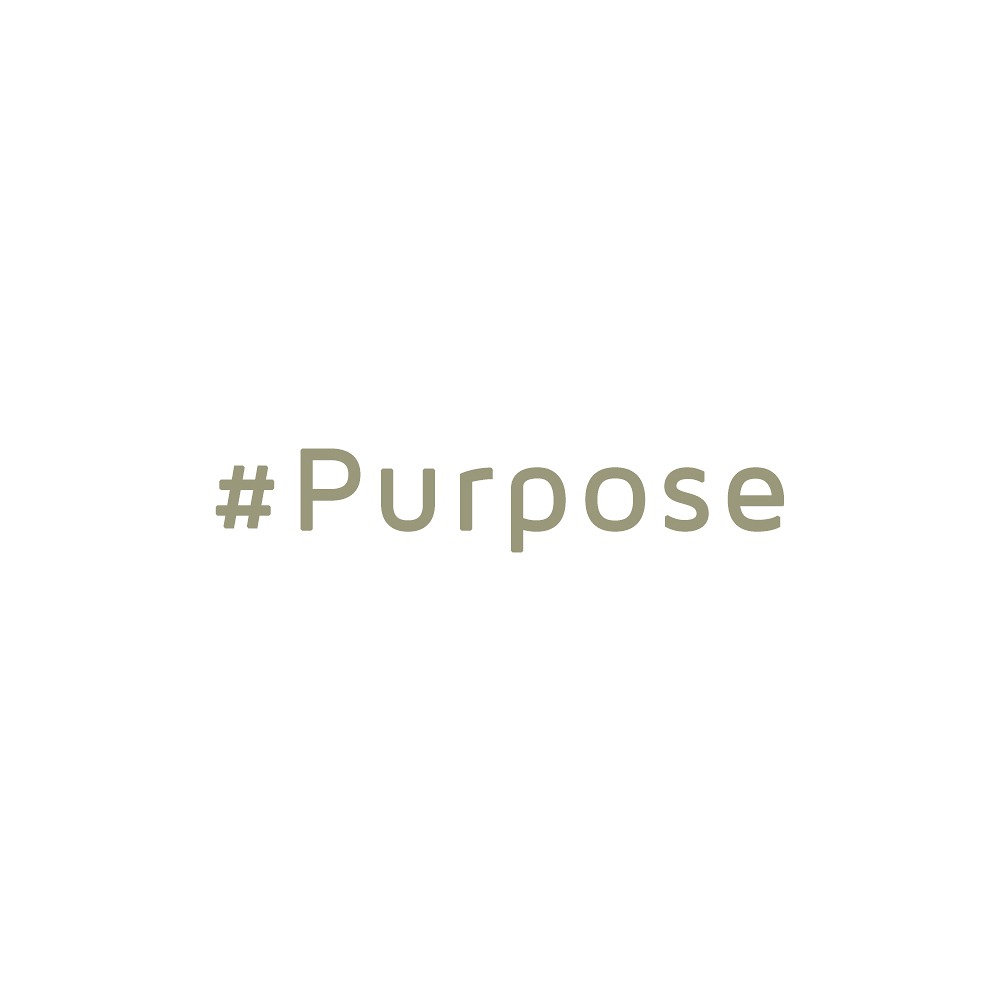
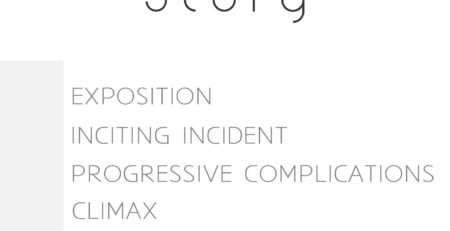
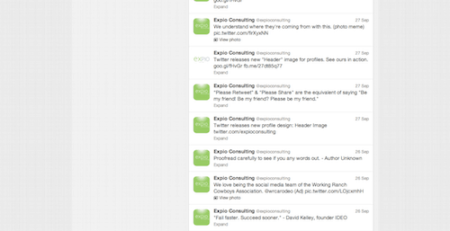

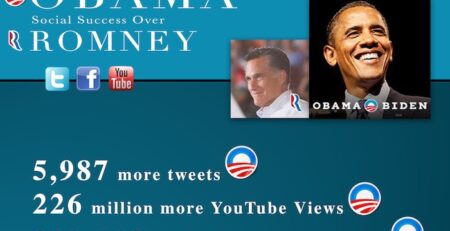
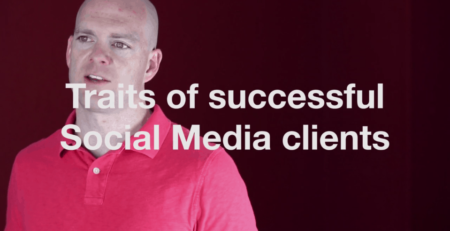



Leave a Reply